Get PeakVisor App
Sign In
Search by GPS coordinates
- Latitude
- ° ' ''
- Longitude
- ° ' ''
- Units of Length

Yes
Cancel
Share ×

Scan the QR code and open PeakVisor on your phone
❤ Wishlist ×
Choose
Delete
Located in the heart of the Kenai Peninsula in South Central Alaska, the Kenai National Wildlife Refuge is a landscape of ice, snow, forest, and lake that is like no other. There are 18 named mountains in the Kenai National Wildlife Refuge, the highest and most prominent of which is Truuli Peak (6611ft/2015m), followed by Russian Mountain (4295ft/1309m), Ben Benchmark (5312ft/1619m) and Kidjakatsik (5979ft/1822m).

Originally named the Kenai National Moose Range when it was created in 1941, the current Kenai National Wildlife Refuge covers an approximate land area of some 1.92 million acres (7,770 square kilometers), all of which is protected for the sole purpose of preserving the natural habitat of the region’s abundant wildlife populations.
As the most visited wildlife refuge in the entire state of Alaska, the Kenai National Wildlife Refuge is one of the best places to go if you’re looking to get up close and personal with the local flora and fauna. The Kenai National Wildlife Refuge stretches from the westernmost slopes of the Kenai Mountains all the way across the heavily forested lowlands of the Cook Inlet, comprising an incredibly diverse array of landscapes that will surprise even the most well-traveled of visitors.
The refuge is almost completely surrounded by other public lands, making it one of the more remote parts of the highly popular Kenai Peninsula. To the east, you’ll find the vast Kenai Fjords National Park, whose innumerable fjords and sprawling glaciers are worth a visit, too, when you get a chance. Further to the southwest, the refuge meets up with Kachemak Bay State Park, an incredibly popular recreation area for both tourists and locals, alike. The refuge’s easternmost boundary is bordered by the rugged Chugach National Forest, where Sitka spruce predominate in the lower elevations.
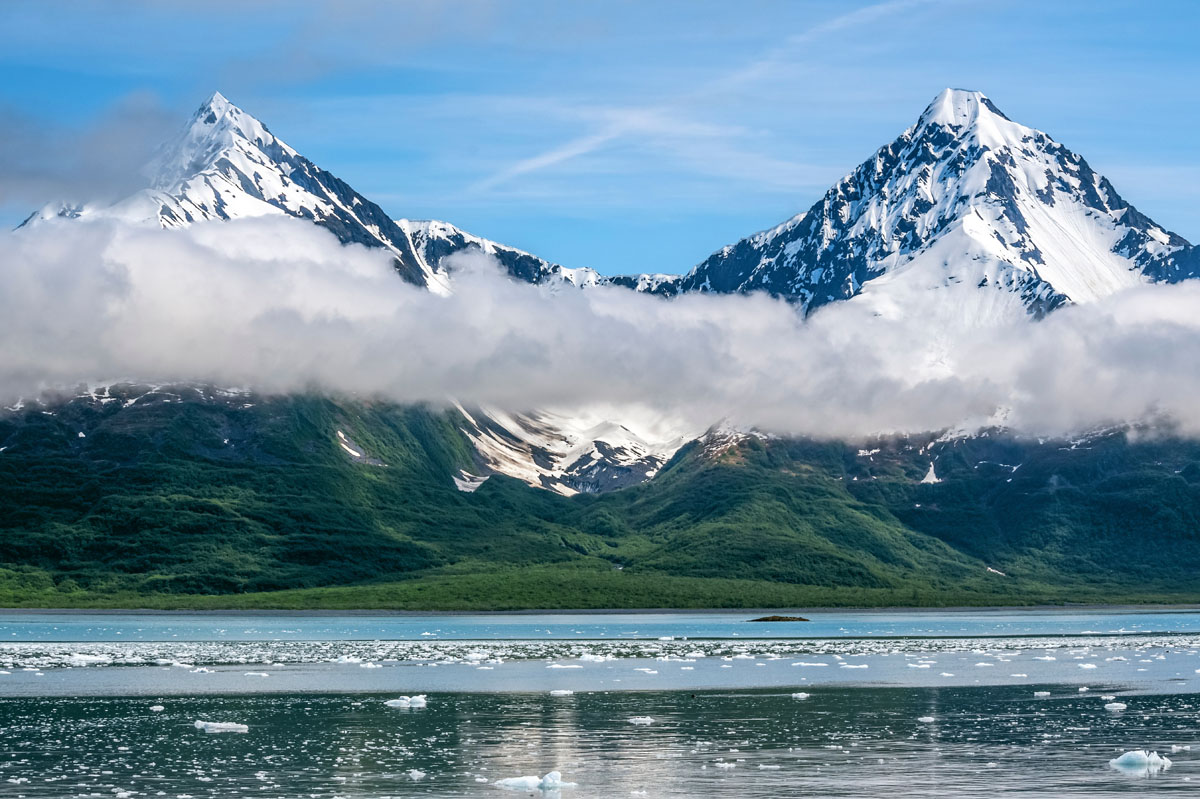
Like its neighboring public lands, the Kenai National Wildlife Refuge is a diverse landscape with many different ecosystems at play. Featuring frozen glaciers and ice fields, sprawling alpine tundra, abundant lakes and wetlands, and raging rivers, the Wildlife Refuge is home to nearly any native wild species you could possibly think of.
Often called “Alaska in miniature,” the Kenai National Wildlife Refuge was originally established in 1941 by President Franklin D. Roosevelt in an attempt to protect the local moose population from commercial hunting. By the 1980s, it was apparent that more species need protection, too, and the refuge was expanded to its current boundaries and status.
These days, the Wildlife Refuge sees some half a million visitors each year, who are attracted to the area’s seemingly endless recreation possibilities. When you’re not out hiking, climbing, skiing, fishing, hunting, or paddling in the Kenai National Wildlife Refuge, you can try and spot some of the region’s more elusive megafauna, including the Dall sheep, mountain goats, brown and black bears, moose, lynx, wolves, and caribou.
Whether you come to play or to relax, when you get to the Kenai National Wildlife Refuge, the sweeping panoramic views, endless series of waterways, and amazing wildlife viewing opportunities will keep you coming back for more.
At nearly two million acres in area, the Kenai National Wildlife Refuge is no small landmass. Since the southern and easternmost sections of the refuge are bordered by other large swaths of public land, the vast majority of which is the massive and relatively inaccessible Harding Icefield, don’t expect perfectly manicured paths when you come to the Kenai National Wildlife Refuge.
Instead, expect rugged terrain and a landscape you won’t ever forget. Here are some of the best places to hike and explore in the Kenai National Wildlife Refuge:
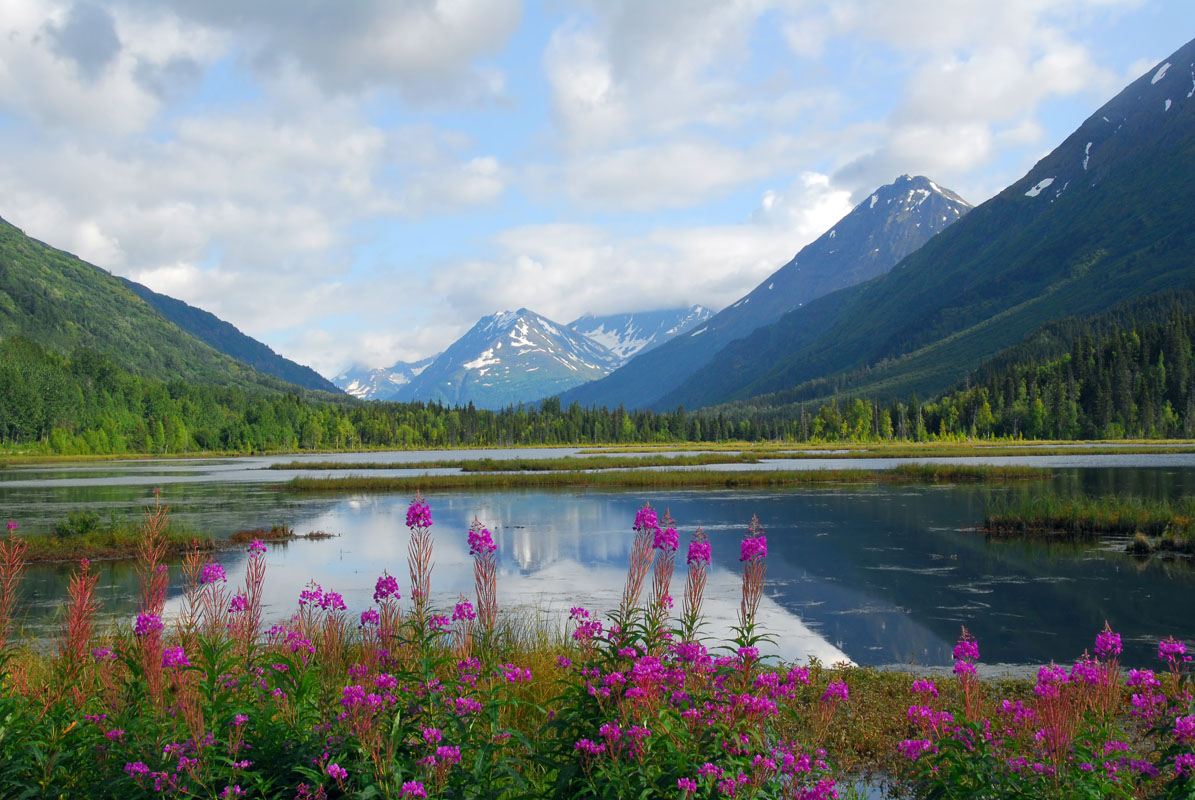
Although not “hiking,” per se, the crown jewel of the Kenai National Wildlife Refuge’s recreation opportunities is easily the refuge’s canoe trail system, which connects over 120 miles of lakes, rivers, streams, and portage trails for an adventure you’ll never forget. The vast majority of the trails are located in the Dave Spencer Wilderness Unit in the northern corner of the park, which contains the Swan Lake and Swanson River Canoe Routes.
Anyone venturing out for a paddle on the refuge’s canoe system should be prepared for wind and small, narrow rivers, as well as plentiful portages. The canoe system is remote, to say the least, so get your paddle, get out, and go explore the abundant waterways in the Kenai National Wildlife Refuge. Who knows? Maybe you’ll see some exciting wildlife along the way!
Skilak Lake is a relatively accessible body of water within the Kenai National Wildlife Refuge that’s popular among local residents thanks to its proximity to Soldotna and Anchorage. This gradual trail starts just off of the Sterling Highway, gradually gaining elevation as you make your way up to one of the most scenic lookouts in the entirely of the Kenai Peninsula.
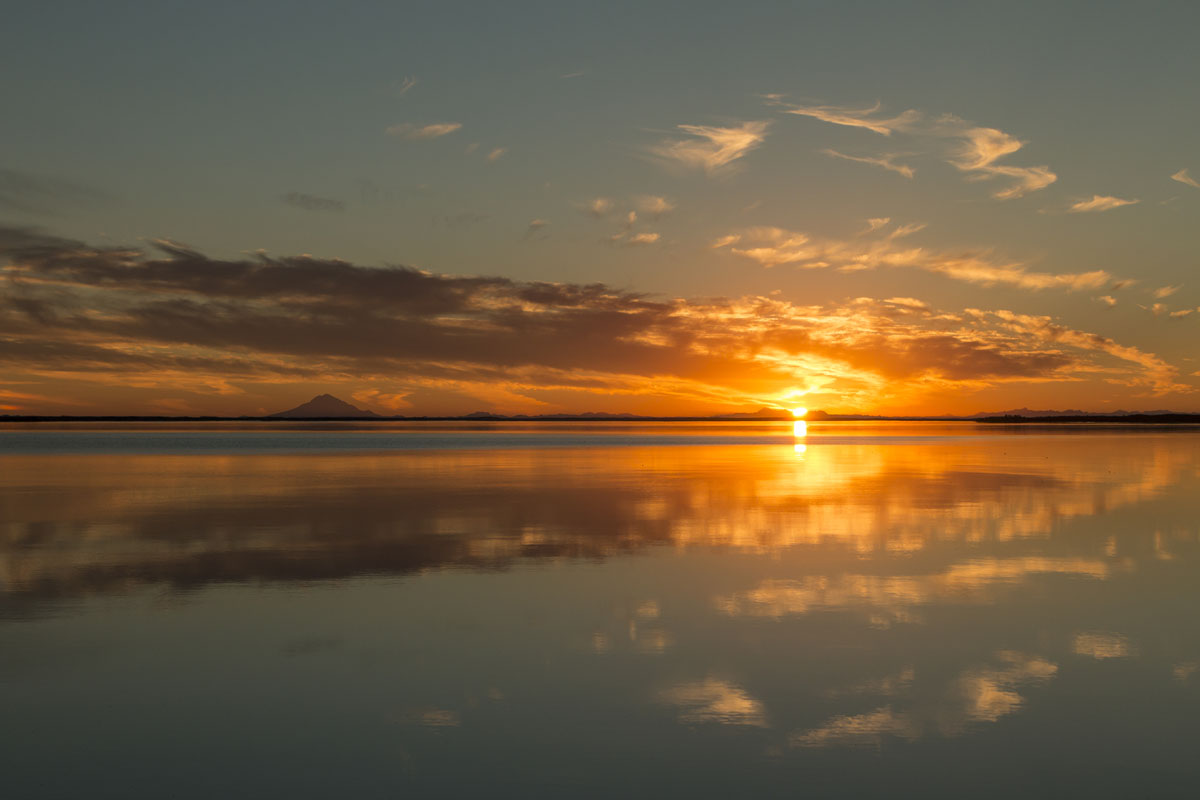
On this hike, you’ll walk approximately 2.5 miles one way up to the top of a moderately sized buttress on the edge of Skilak Lake. From the top, you can get sweeping views of the lake below, as well as the mountains above. Like any trail in Alaska though, don’t be fooled by this hike’s relative accessibility. There are plenty of bears in the area, so be alert and carry bear spray!
Located just off of the Sterling Highway, the Skyline Trail is one of the most beautiful hikes in all of the Kenai Peninsula. This challenging hike provides walkers with great views of Jean and Hidden Lakes, as well as a variety of different side hikes to embark on.
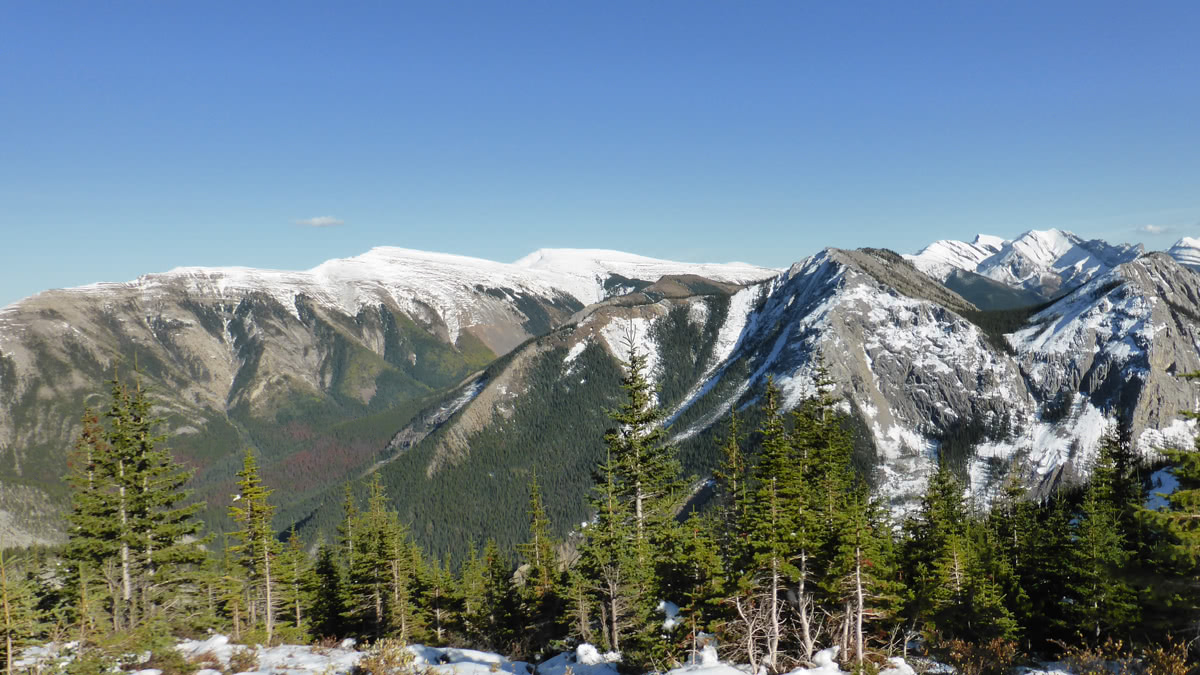
The Skyline Trail is a 4.2 mile out and back hike that gains some 2,600 feet (790m) of elevation as you walk up and over some rocky terrain. On a clear day, the views from the Skyline Trail of the surrounding Kenai Mountains just can’t be beat - if you’re willing to put the work in to get there!
While the vast majority of the Kenai National Wildlife Refuge is remote and difficult to access, it is surrounded by small towns on its northern and western boundaries, which makes finding a place to stay before and after your adventures pretty simple. Here are some of the best places to stay near the Kenai National Wildlife Refuge:
The largest city in all of Alaska, Anchorage is located just a few hours north of the Kenai National Wildlife Refuge off of the Seward and Sterling Highways. As the main city in the state, you can find pretty much anything you need in Anchorage, from food to camping gear and supplies.

If you’re flying into Alaska, you’ll almost certainly start your journey in Anchorage, as the city is the transportation hub of the state. Luckily, the road connections between Anchorage and the Kenai National Wildlife Refuge are pretty reliable, just be sure to check for traffic and weather information before you head out!
Sterling is a small town located just north of the Kenai National Wildlife Refuge. The town is easily accessed from Anchorage by driving down the Seward and Sterling Highways, which take you around the Turnagain Arm.
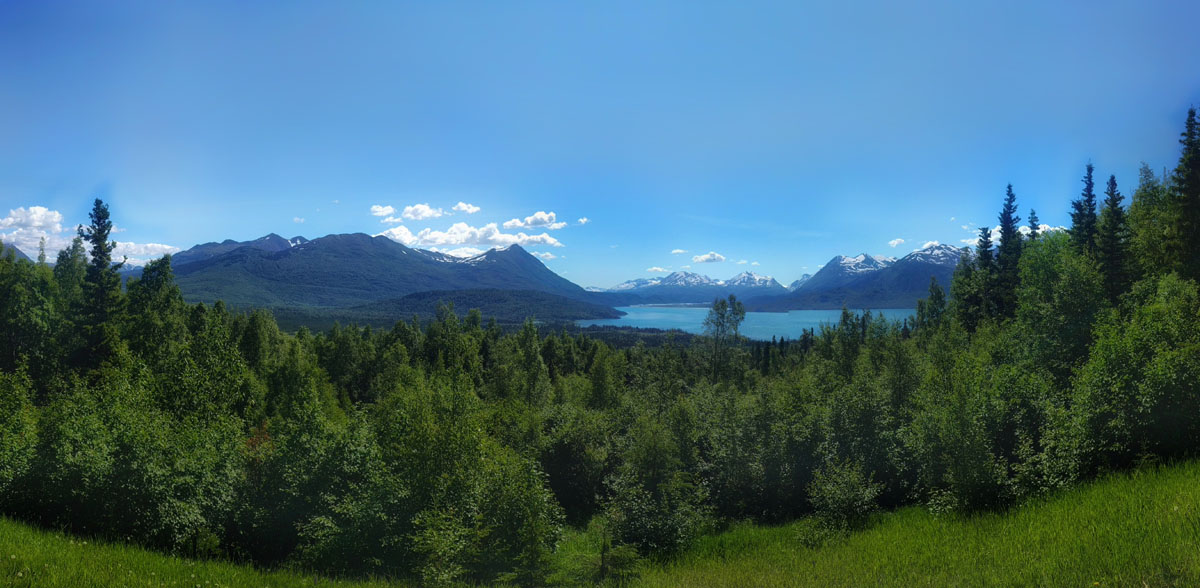
Sterling is surrounded by rivers, making it a fisherman’s paradise. The town currently has some 5,000 residents, the majority of whom work in tourism and the sportfishing and hunting industries. You can more or less get whatever you need in Sterling so it’s a great place to start your journey.
Located on the banks of the Kenai River, Soldotna is routinely considered to be one of the best road-accessible fishing destinations in Alaska. Soldotna is situated on the western edge of the Kenai National Wildlife Refuge at the intersection between the Sterling Highway and the Kenai Spur Highway. This town of 4,100 residents is home to a branch of the University of Alaska Anchorage, a hospital, the headquarters of the Kenai National Wildlife Refuge, and a number of service and retail outlets.
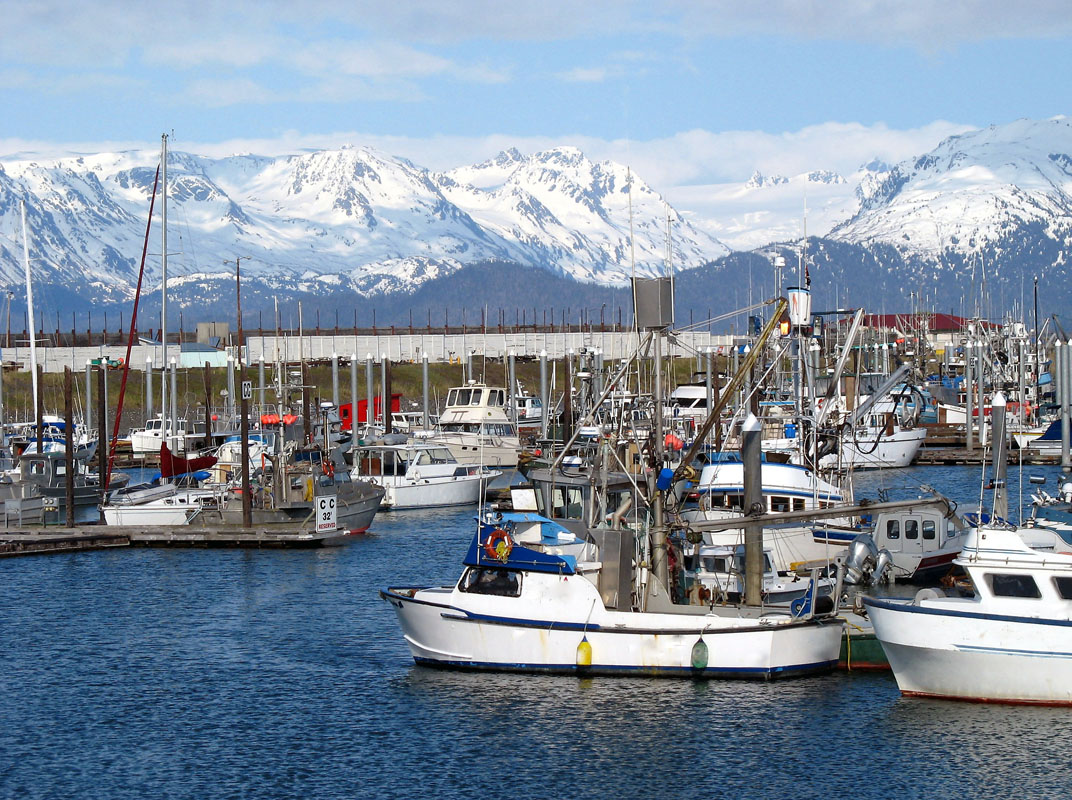
The largest city wholly contained on the Kenai Peninsula, Kenai is a popular tourist destination, thanks to its location at the head of the Kenai River. In fact, the city’s fame to claim is that the world record for the largest sport-caught Chinook (king) salmon, with a weight of 97 pounds, 4 ounces (44kg), was caught in the Kenai River near the town in 1985.
These days, the city is a great starting point for anyone looking to venture into the Kenai National Wildlife Refuge as it has a plethora of hotels and other services. Plus, you can even take a direct flight from Anchorage to the Kenai Airport if you’re looking to cut down on travel time.
Explore Kenai National Wildlife Refuge with the PeakVisor 3D Map and identify its summits.







